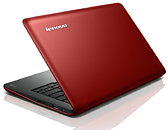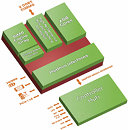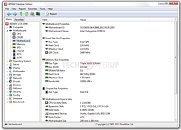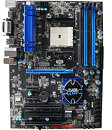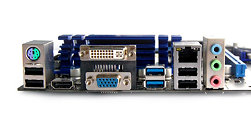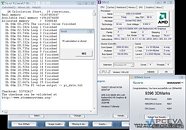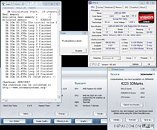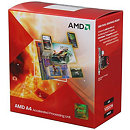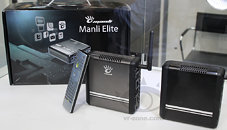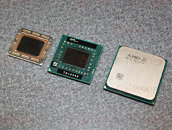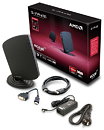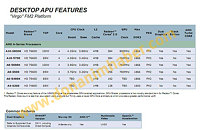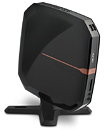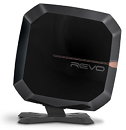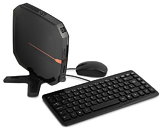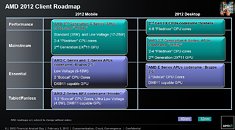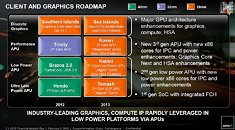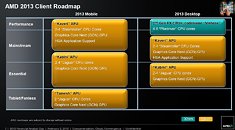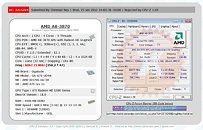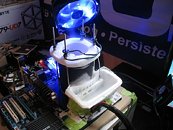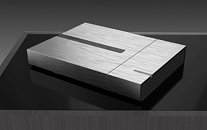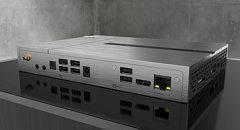Later this year, AMD will unveil its second-generation accelerated processing units (APUs) in the FM2 package, based on its brand-new "Piledriver" CPU and "Graphics CoreNext" GPU architectures. Among these, the part that is designed keeping overclockers in mind is the A10-5800K, which features an unlocked base clock multiplier, four x86-64 cores, 3.80 GHz (nominal) and 4.20 GHz Turbo Core clock speed, and AMD Radeon HD 7660D graphics. Find out more about the lineup
here.
INPAI got its hands on an A10-5800K APU, and supporting socket FM2 motherboard, and wasted no time in comparing it to the current-generation A8-3850. INPAI put the two chips through SuperPi 1M, to measure single-thread performance, and 3DMark 06, to measure embedded-GPU performance. In SuperPi, A10-5800K crunched SuperPi 1M in 23.775 s, the A8-3850 did the same in 26.039 s. With 3DMark 06, the A10-5800K scored 9396 points, while the A8-3850 scored 6223. The inference that can be drawn out of this little test is that Trinity has significantly faster graphics, not so much CPU (taking into account A10-5800K cores were clocked over 30% higher than those of the A8-3850).

